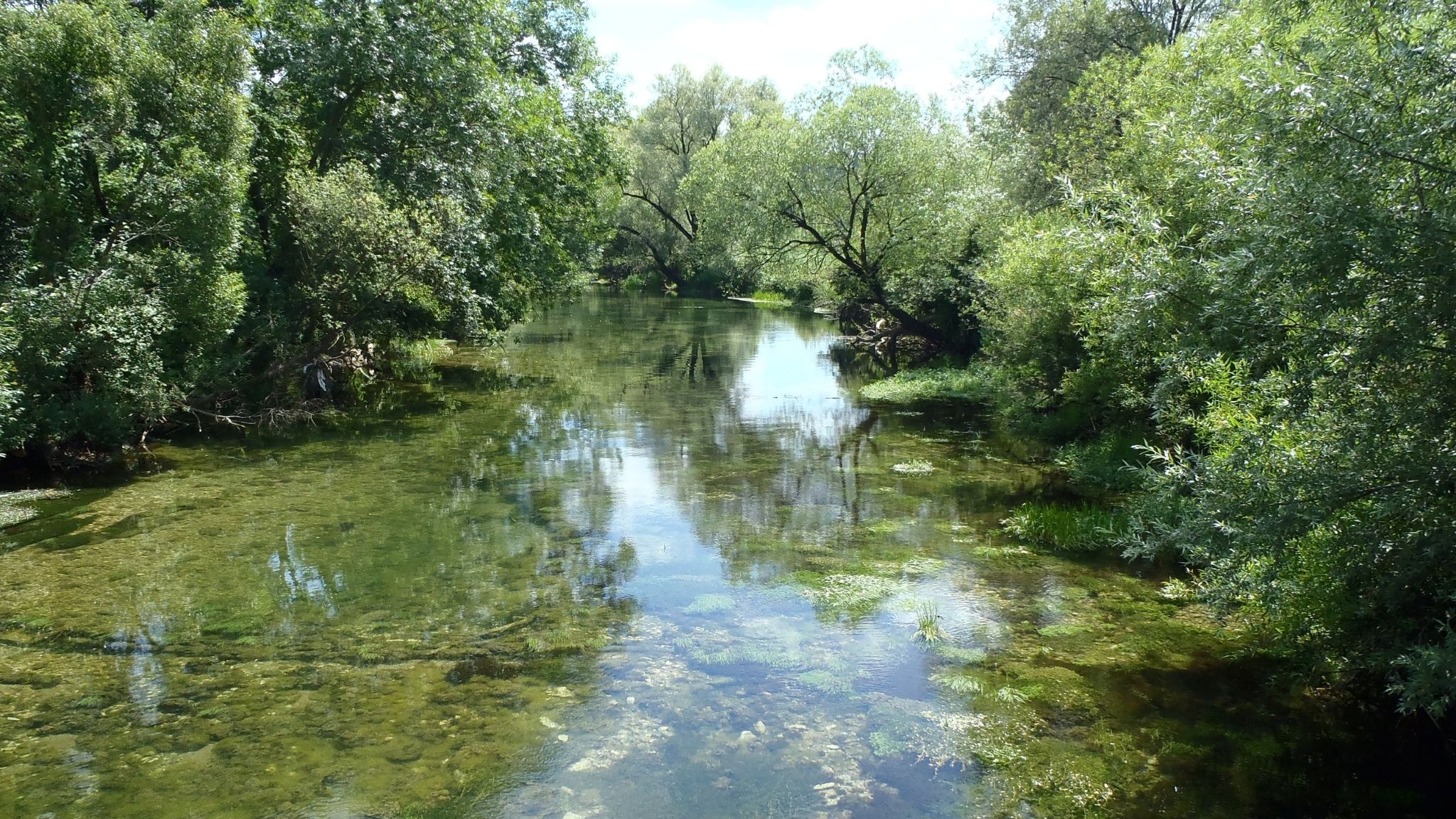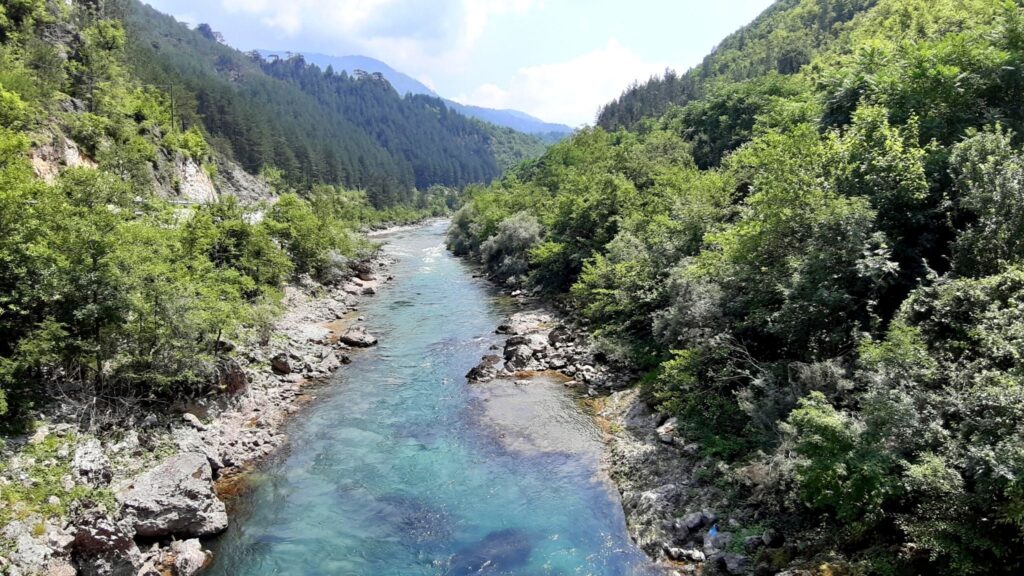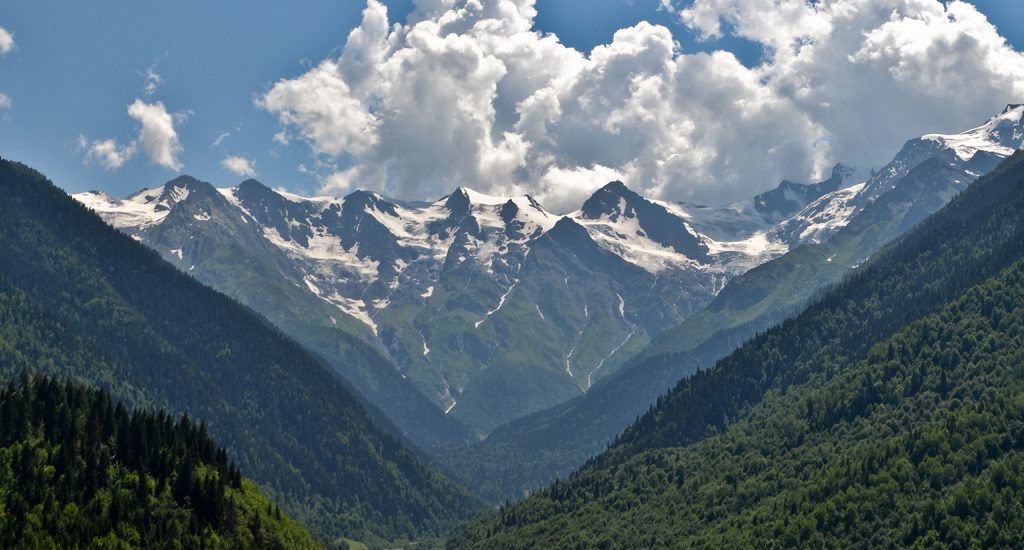The countries of the Energy Community Treaty have diverse energy mixes, but hydropower has traditionally played a strong role in many of them. Albania is almost completely reliant on dams for its domestic electricity generation, followed by Georgia with an average of 80 per cent of electricity generated by hydropower and Montenegro with an average of 55 per cent.

Stay informed
We closely follow international public finance and bring critical updates from the ground.
Background
The countries of the Energy Community Treaty have diverse energy mixes, but hydropower has traditionally played a strong role in many of them. Albania is almost completely reliant on dams for its domestic electricity generation, followed by Georgia with an average of 80 per cent of electricity generated by hydropower and Montenegro with an average of 55 per cent.
But what started as a strength is becoming a liability. More and more erratic rainfall is exposing how vulnerable hydropower is to climate change, while its damaging impacts on biodiversity, groundwater and sediment transportation are becoming better understood.
This has not stopped decision-makers’ zealous plans to develop the sector, including in countries like Ukraine hydropower has not traditionally played a major role. Decades-old projects are still being pushed against all economic and environmental logic, while a rash of small hydropower plants driven by feed-in tariff schemes has destroyed rivers and streams across southeast Europe.
The good news is that there are alternatives, with lower costs for the environment and also, increasingly, for the public purse, and that resistance to the unnecessary destruction of life-giving rivers is increasing day by day.
IN FOCUS
Latest news
A hydro-powered Bitcoin boom in Georgia
Bankwatch in the media | 4 November, 2019How hydroelectric dams are powering cryptocurrency mining on the eastern edge of Europe. Ed Butler travels to Georgia to visit the Bitcoin mines benefiting from cheap electricity and tax benefits.
Read moreAna Colovic Lesoska: environmental campaigner from North Macedonia – Geographical Magazine
Bankwatch in the media | 16 July, 2019Ana led a seven year campaign to cut off funding for two hydropower plants inside Mavrovo National Park in North Macedonia protecting the habitat of the lynx Source: Ana Colovic Lesoska: environmental campaigner from North Macedonia – Geographical Maga
Read moreAhead of Asia Infrastructure Investment Bank meeting in Luxembourg, over 89 000 petition bank to drop Nenskra dam project in Georgia
Press release | 12 July, 2019Luxembourg, Prague, Tbilisi – Representatives from the “Stop Nenskra” campaign [1] showed up in Luxembourg at the Asia Infrastructure Investment Bank (AIIB) annual meeting on July 12th and delivered a petition to the international development banks calling them on not to finance the Nenskra hydropower plant project [2] in Svaneti, Georgia.
Read moreRelated publications
The Upper Horizons complex, Bosnia and Herzegovina
Briefing | 18 December, 2023 | Download PDFThe Upper Horizons hydropower complex has been planned since the mid-20th century, and is planned to consist of three plants — Dabar, Nevesinje and Bileća — linked by a series of tunnels and channels. If completed, it would have a devastating impact on the karst ecosystems of eastern Herzegovina and beyond.
The Ulog hydropower plant on the river Neretva, Bosnia and Herzegovina
Briefing | 18 December, 2023 | Download PDFThe Ulog plant, with a 53-metre high dam, is currently being built on the upper Neretva in the Republika Srpska entity of Bosnia and Herzegovina, in the middle of a nominated candidate Emerald site – an area which should be protected under the Bern Convention.
Joint Statement On the Expansion of the Emerald Network in Countries of the Western Balkans by scientists and representatives of NGOs
Statement | 13 February, 2023 | Download PDFIn early December 2022, 39 scientists and representatives of NGOs from Albania, Austria, Bosnia and Herzegovina, Bulgaria, Croatia, Germany, Greece, Montenegro, North Macedonia, Serbia and Switzerland joined efforts to prepare a shadow list and a map o


